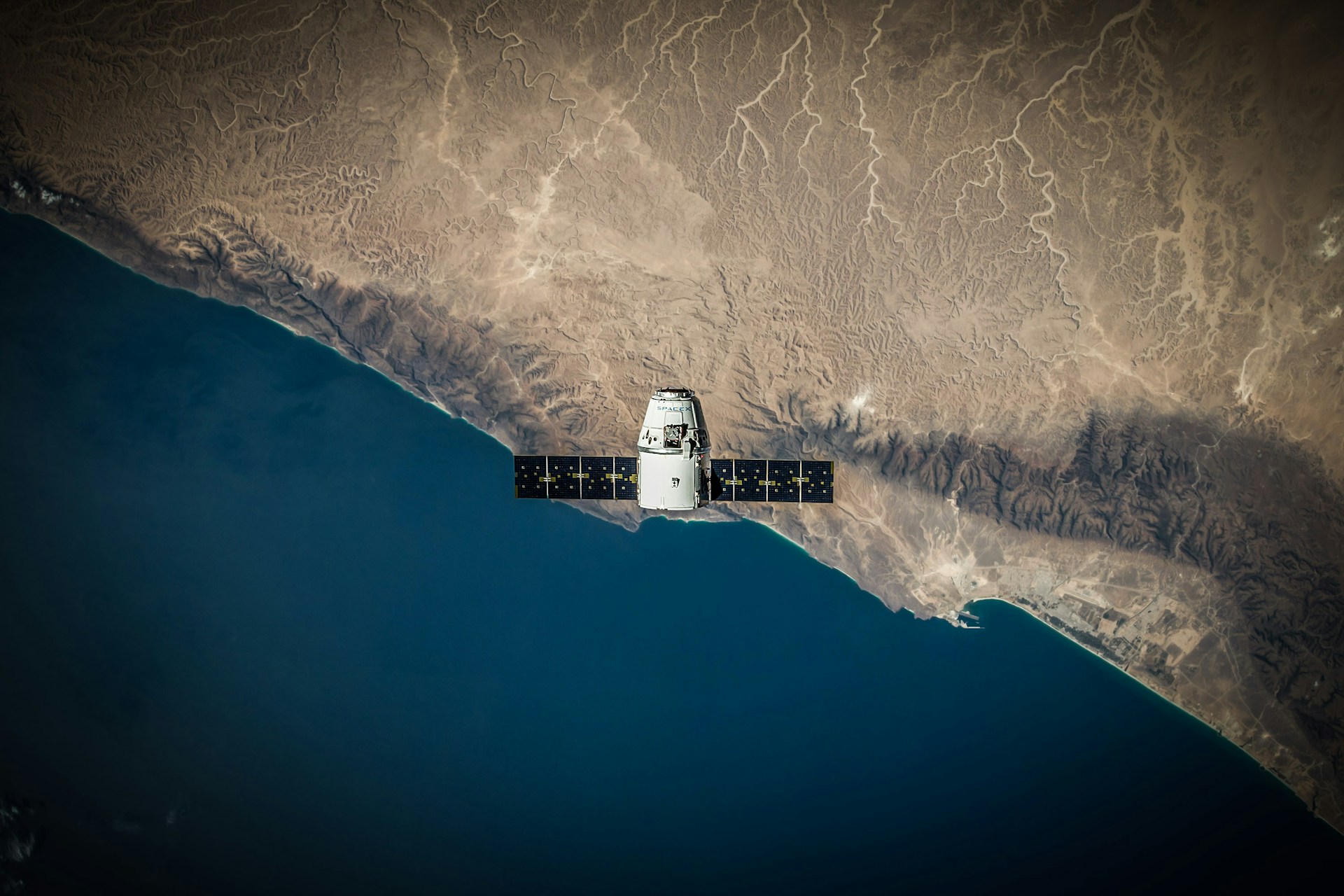Federal Communications Commission (FCC) has adopted a new rule that shortens the required deorbit time of Low Earth Orbit (LEO) satellites from 25 years to 5 years. The old 25-year rule has long been seen as an outdated piece of space regulation. The exact ruling is that satellites under 2000 km orbital height must deorbit as soon as it is practical after the end of their lifetime, and no later than in 5 years. It will be applied to satellites launching two years after the rule has been adopted, and concerns both U.S.-licensed satellites as well as those seeking U.S. market access. Reasons for the significantly shortened deorbit schedule include growth of both satellites and debris in LEO, as well as projections of near future mass constellations of tens of thousands of satellites. The move is seen as an opportunity to set a de facto global standard.
The change is timed with the NASA review of federal government’s Orbital Debris Mitigation Standard Practices, which in turn are directed by a National Orbital Debris Implementation Plan released by the Office of Science and Technology Policy (OSTP) in July. The new guidelines are in agreement with the American Institute of Aeronautics and Astronautics (AIAA) published ”Satellite Orbital Safety Best Practices” (developed in cooperation with Iridium, OneWeb and SpaceX), that recommends that satellites be deorbited within five years of the end of life, preferably within one year.
Aurora Propulsion Technologies has designed a highly compact propellantless solution, the plasma brake, to support satellite integrators in complying with the changes in the deorbiting regulations. The plasma brake is in a good position to benefit from this rule, as performance requirements for deorbiting solutions are greatly increased. Due to being a passive, safe and propellantless system with very low mass and low power consumption, the plasma brake will be an ideal solution to many missions at orbits of 1000 km or less. With higher orbits of up-to 2000 km, the plasma brake could also be combined with other propulsion methods to deliver successful deorbit from higher altitudes. Plasma brake tethers are so thin that they do not pose a risk to other space assets. Upon accidental collision, the microtether makes a scratch that is not deeper than craters due to natural micrometeoroids that form on satellite surfaces all the time. In case of breakage, the loose piece of microtether deorbits by atmospheric drag very rapidly (1000 times faster than a satellite at the same altitude).


